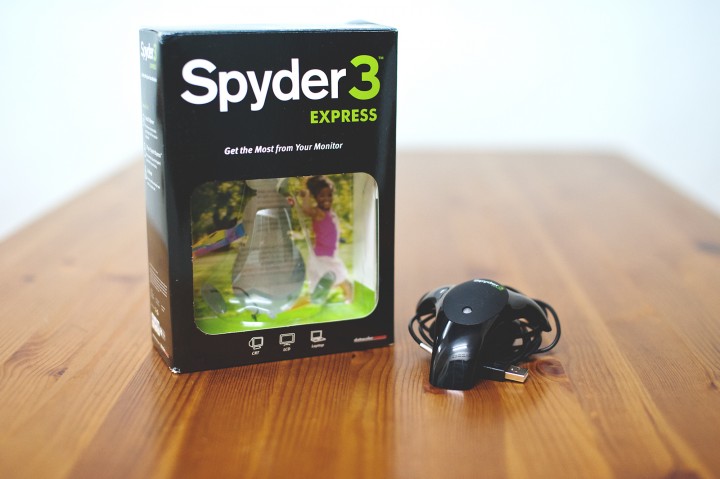I have wanted to do this post for a long time, until I forgot. So here it is.
What I had wanted to share was a lil’ bit of info on monitor calibration. Huh? What? Some of you may know and some may not have the slightest idea.
What is calibration? From thefreedictionary.com “calibration – the act of checking or adjusting (by comparison with a standard) the accuracy of a measuring instrument”. So here when we say monitor calibration it is actually to calibrate (check and adjust) the monitors (LED/LCD/CRT) to accurately project the actual colour and temperature of the photos we have taken. In simpler form, what we see in the photos is accurately replicated on the monitor.
Why we need to calibrate? All monitor from different manufacturers will have different specs, settings and colour temperature. The colour will be slightly off/different between different monitors. In order to normalize this we need to calibrate our screen. If not, what we see on our uncalibrated monitors maybe different from the calibrated monitor of our printer. Hence, when we print, the photo colours and temperature will be slightly off. Not as what we have expected when we edited the photos on our screen.
What the heck is colour temperature? According to Wikipedia, color temperatures over 5,000K are called cool colors (bluish white), while lower color temperatures (2,700–3,000 K) are called warm colors (yellowish white through red). In other words, it is the bluish or reddish tone of the photo. Reddish tone is considered as warm (temperature). Bluish tone is considered cool (temperature). We calibrate the monitors to ensure that what we see on the screen is the exact or actual temperature of the photos, before we make any adjustment or editing. If we edit the photos (adjusting the colour temperature) making it warmer or cooler on an uncalibrated monitor, we might be overdoing it.
Us? For us, we calibrate our monitors with Spyder 3TM Express from Datacolor and not so expensive though. We bought this more than a year ago. They have come up with the latest Spyder 4. It is a plug and play device. So simple to use, just plug it in the USB port and it will do it all for you. It gave us more confidence in processing our images. So if you are serious into photography business, this is one of the basic requirements to start with. Hope this will help. Cheerio!
